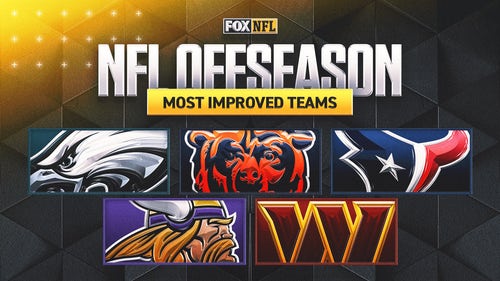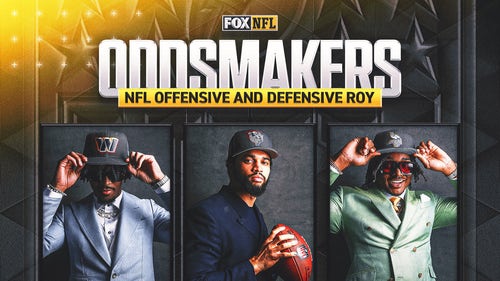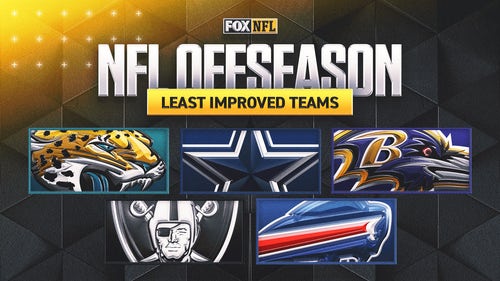
What is the true cost of the Ben Roethlisberger and Drew Brees injuries?

Injuries to major sports stars are often described as “costly,” but that assessment depends on the type of currency you’re using. Dollars and cents; wins and losses; or bruised feelings and the absence of hope?
When the prognosis came down Monday ruling out Ben Roethlisberger for the season — the same day Drew Brees was sidelined for up to six weeks, and when Los Angeles Angels baseball star Mike Trout was shut down until 2020 a few days earlier — the mental calculators of sports fans whirred into action.
On the field, the cost is significant. The Pittsburgh Steelers, even at 0-2, were seen as favorites to win the AFC North and even thought to have strong chances at a deep postseason run. Now? Statistics website FiveThirtyEight currently has Pittsburgh on course for a 5-11 campaign, while FOX Bet has Pittsburgh at a highly improbable +6600 to win it all.
“It’s super weird, that’s for sure,” Steelers right guard David DeCastro told reporters after the Steelers effectively saw their season go up in smoke with Roethlisberger’s impending arm surgery. “It’s really surreal.”
The New Orleans Saints, so dependent on Brees’ reliable arm and sharp mind, also plummeted, with FiveThirtyEight now giving them just a 4 percent chance of lifting the Vince Lombardi Trophy.
When asked whether his team could sustain a lengthy Brees layoff, Saints head coach Sean Payton hedged, saying, “We’re getting ready to find out.”
https://twitter.com/FTFonFS1/status/1173585096483508224
Baseball, always the favorite sport of statisticians, has a stat that measures how many victories a player is individually accountable for — and Trout’s Wins Above Replacement (WAR) ranks among the highest ever. Just this season, although the Angels’ season was essentially toast by the time he was sidelined, his WAR of 8.3 led the majors.
Getting down to the cold, hard business of it all, one would assume that the idea of a “costly” injury doesn’t just apply to a team’s win-loss record, but also to the bottom line of the front office.
Not so fast. Remarkable as it might seem, losing a top player, even one as integral to the team as a star quarterback or MVP candidate, makes only the tiniest blip on the balance sheet.
“Of course, being without one of your most influential players can make a real difference to the playing performance,” Dennis Coates, a professor of economics at the University of Maryland-Baltimore County and editor of the Journal of Sports Economics, told me via telephone on Tuesday. “But it won’t have any effect on team revenue, except on the margins.”
Coates explained that an injury coming at this point of the season in Pittsburgh looks a little different to one sustained in the summer. By Week 2, season tickets have already been snapped up and paid for. If a ticket goes unsold on the secondary market and remains unused, there could be marginal losses from merchandising and parking, but given that this is Pittsburgh and football, such an outcome is unlikely.
“If anything, people might spend more money on jerseys now,” Steelers fan Eric Owens told me. “If Mason Rudolph takes off then I’m going to get his jersey. And you’d be surprised how many people are buying Big Ben jersey as a show of solidarity.”
https://twitter.com/SFY/status/1173720424883965953
In any case, Coates points out, the bulk of the money received by NFL clubs is unaffected by things like Brees being in the starting lineup, for example.
“National television contracts provide the largest share of NFL money, and the Saints and Steelers get the same cut of that regardless of the injuries to Brees and Roethlisberger,” Coates added. “Also, the role of one player varies substantially from sport to sport.”
Basketball is the sport most likely to be affected by a star’s absence, given that there are only five players on the court at any time — especially with the NBA’s own marketing strategy has been to leverage the appeal of superstars since the mid-1980s. But even there, the television money more than offsets any loss of ticket sales from an injury.
Things are quite different in other countries. For European soccer, the loss of a key player can have swift and crushing financial ramifications. Qualification for the Champions League, Europe’s elite club competition, offers extra riches to major teams and a shortfall for those who miss out. An untimely injury that led to, say, Manchester United finishing fifth instead of fourth and out of the Champions League places could lead to tens of millions of dollars in lost revenue.
While television money is also massive in Europe, the reality of relegation is enough to send chills down the spines of the money men. If the absence of a star caused a team to be demoted out of the English Premier League, the anticipation of slashed income could wipe hundreds of millions off a team’s estimated value.
And with the market for buying and selling players far more widely used than trades, any injury that reduces a player’s perceived value has a direct fiscal impact. EPL clubs spent $1.9 billion on new players last summer. An injury at the wrong time could hit a club’s bank balance directly if a player valued at close to $100 million suddenly becomes worth half that.
American teams are far more insulated from that kind of unpredictability — a proposition like relegation is simply unthinkable.
Make no mistake: these NFL and MLB losses are going to hurt, but no one is getting hit in the pocketbook. The cost of seeing Big Ben hobbled or Brees’ finger bent or Trout sidelined is more likely to be seen in the win column, which, to sports fans, is the most painful thing of all.
https://twitter.com/TheHerd/status/1173646374165868547















































































































































